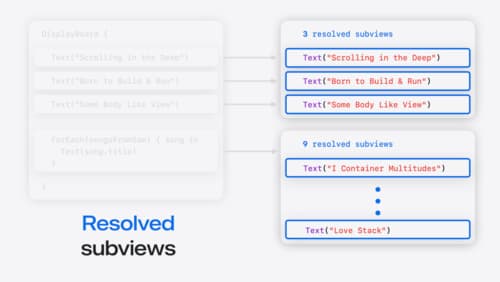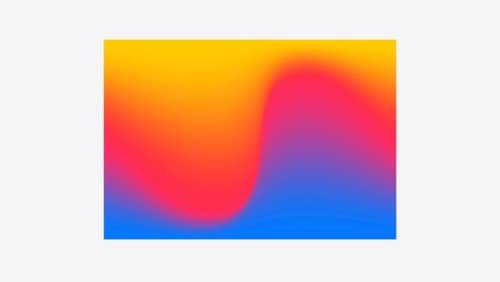How create composition patterns on swift
Asked on 2024-09-06
1 search
To create composition patterns in Swift, you can leverage the capabilities of SwiftUI, which provides a flexible and declarative approach to building user interfaces. Here are some key points on how to create composition patterns in SwiftUI:
-
Understanding Composition: Composition in SwiftUI involves combining different views to create complex user interfaces. For example, you can use container views like
HStack,VStack, andZStackto arrange views horizontally, vertically, or in layers, respectively. These containers use aViewBuilderclosure to declare their child views, allowing for a clear and hierarchical structure. -
Using View Modifiers: View modifiers are another important aspect of composition in SwiftUI. They allow you to apply changes to a base view, such as adding shadows, borders, or transformations. Modifiers can be chained together to create a sequence of effects, making it easy to customize the appearance and behavior of views.
-
Custom Views and Modifiers: You can encapsulate view hierarchies into custom views by conforming to the
Viewprotocol and defining abodyproperty. Similarly, you can create custom view modifiers to encapsulate common modifications and reuse them across different views. -
Flexible Content Composition: SwiftUI supports flexible content composition through APIs like
ForEach, which allows you to create views from collections of data. This is useful for creating lists or grids where each item is represented by a view.
For more detailed information on composition in SwiftUI, you can refer to the session Demystify SwiftUI containers (03:07) from WWDC 2024, which covers the topic of composition in depth.

SwiftUI essentials
Join us on a tour of SwiftUI, Apple’s declarative user interface framework. Learn essential concepts for building apps in SwiftUI, like views, state variables, and layout. Discover the breadth of APIs for building fully featured experiences and crafting unique custom components. Whether you’re brand new to SwiftUI or an experienced developer, you’ll learn how to take advantage of what SwiftUI has to offer when building great apps.

Demystify SwiftUI containers
Learn about the capabilities of SwiftUI container views and build a mental model for how subviews are managed by their containers. Leverage new APIs to build your own custom containers, create modifiers to customize container content, and give your containers that extra polish that helps your apps stand out.

Create custom visual effects with SwiftUI
Discover how to create stunning visual effects in SwiftUI. Learn to build unique scroll effects, rich color treatments, and custom transitions. We’ll also explore advanced graphic effects using Metal shaders and custom text rendering.
